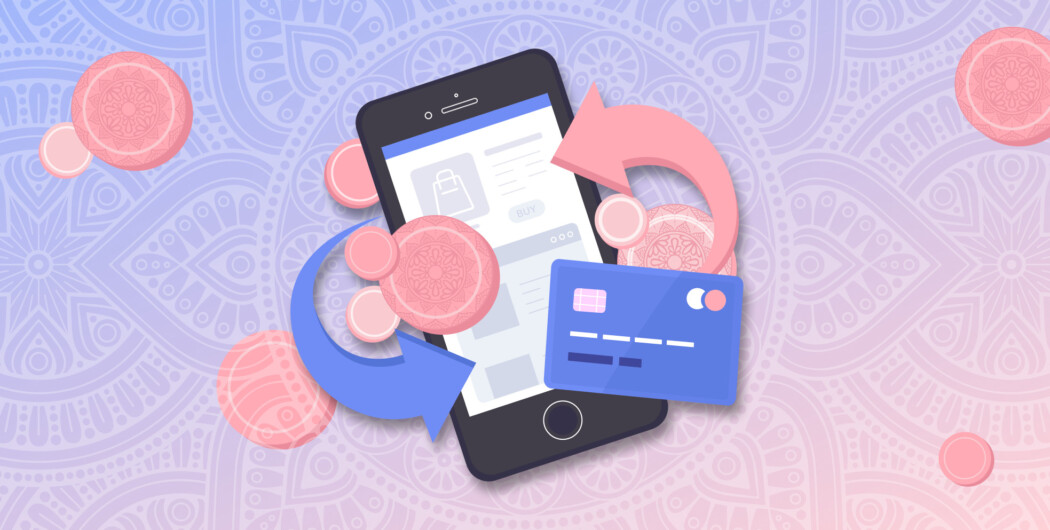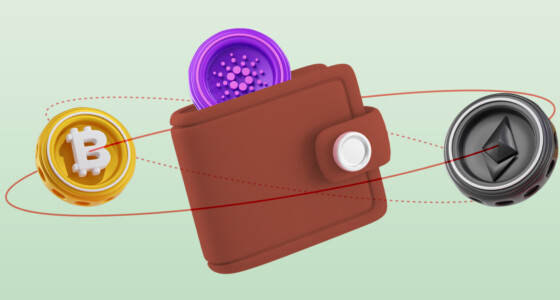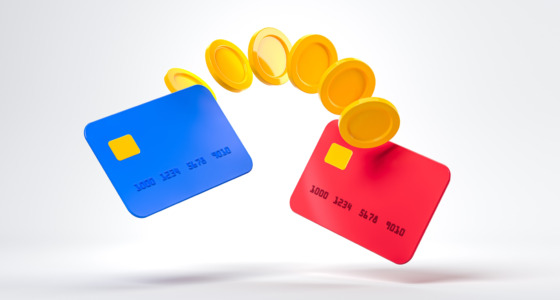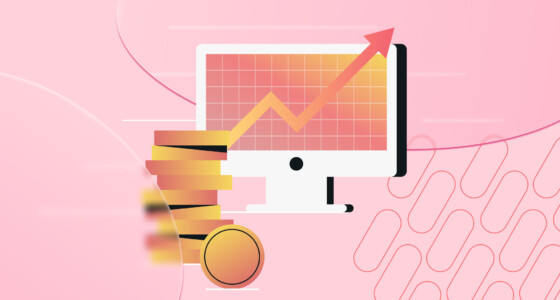

India is known for its diverse culture and languages, with 22 official languages recognized and 15 of them appearing on its currency notes. However, the focus on these linguistic aspects might become less significant. As India actively moves towards becoming a cashless economy, the attention is now on doorstep digital payments.
Let’s explore how these payments are contributing to the transformation of India’s financial scenario.
Is cash bad?
image 1:
While the usage of cash is diminishing, it’s worth acknowledging its enduring influence. Cash, for years, has been a reliable and straightforward method of handling money. Its tangible nature helps with budgeting and instills a sense of security. Particularly important for individuals with lower incomes and the elderly, cash should not be overlooked as India moves towards a cashless economy.
Nevertheless, the conversation shouldn’t revolve around whether cash is good or bad. Rather, it’s about offering a variety of options. Modern alternatives, like doorstep digital payments, stand ready for adoption.
How doorstep digital payments work
Doorstep digital payments are a modern and convenient method of conducting financial transactions using digital platforms and mobile devices right at your own location, whether it’s your home or workplace. These payments allow you to complete various types of transactions without the need to physically visit a bank, ATM, or payment center. Instead, you use your smartphone and a designated payment app.
The process typically involves scanning a QR code provided by the merchant or service provider, which contains information about the payment amount and recipient. After scanning the QR code with your smartphone, you review the transaction details and authenticate the transaction using biometric verification (fingerprint or facial recognition) or a PIN code.
Norway, Sweden, and Finland are among the countries that have made the biggest strides in transitioning to nearly cashless societies. In all three countries, the shift has brought about efficiency, convenience, and security in financial transactions.
India’s long-term goal to reduce cash dependency
In an unprecedented move on November 8, 2016, Indian Prime Minister Narendra Modi announced the immediate withdrawal of the two highest-denomination currency notes, Rs 1,000 and Rs 500. This marked shift was a bold experiment, with no global precedent for such a swift economic change. The invalidated notes amounted to 86% of India’s total currency value. Termed demonetization, this aimed to curb black money, corruption, and encourage digital payments.
Traditionally, India’s economy heavily relied on cash, with millions lacking bank accounts. Post-demonetization, bank card transactions surged. For those without cards, mobile wallets like Paytm gained traction, offering simple solutions for transactions.
While mobile wallet usage still isn’t dominant, it influenced the adoption of mobile payments, especially for smaller transactions. Paytm reported over 100 million active users two years after the shift, with substantial transactions. Yet, cash’s dominance remains. ATM transactions bounced back, and currency circulation surged by 37% in just a couple of years.

Is India ready for a cashless economy?
The Indian government’s initiatives have played a leading role in empowering citizens to embrace fintech solutions. While commendable progress has been made, there is a considerable distance to cover.
A move to cashless can’t happen overnight. India can learn from its own mistakes — the sudden withdrawal of a large portion of the currency notes disproportionately affected the informal sector. Daily wage laborers, small traders, and individuals with limited access to digital payment methods found themselves grappling with an immediate loss of income and difficulties in carrying out transactions.
There are deep-seated vulnerabilities and disparities within the Indian economy that must be addressed. And this transition involves not just technological change but also a shift in the way people perceive and interact with money.
Connectivity and infrastructure
Urban areas generally have better access to high-speed internet and reliable network connectivity, which are essential for digital transactions. In contrast, rural areas often experience limited internet infrastructure and poor network coverage. For nationwide adoption of cashless payment systems, the urban-rural divide needs to be blurred.
Initiatives like BharatNet, which aims to provide broadband connectivity to all villages, are a step forward. As better connectivity penetrates hard-to-reach areas, local communities will experience more than just enhanced financial transactions. They’ll also be able to access online education, healthcare services, and e-governance.
Digital literacy
Digital literacy isn’t just about knowing how to use apps for payments. It also includes knowing how to stay safe online, spotting scams, and protecting personal information. Without this knowledge, people can fall for scams or make mistakes that cost them money.
Another challenge is the generation gap. Older people who didn’t grow up with technology might find it hard to use digital payments. This divide between generations slows down the move to a cashless economy because older people might not trust or understand new payment methods.
Perception
Cash has cultural significance in India because it’s associated with gifts, traditions, and personal exchanges. Unfortunately, digital transactions don’t capture the same emotional value for some individuals. As time goes on, positive experiences shared by friends, family, or neighbors who have successfully embraced cashless payments may influence others’ perceptions.
Overall, if non-cash transactions are seen as more convenient than traditional methods, people will be more motivated to use them.
The balancing act of financial institutions and mobile payment providers
image 2:
When financial institutions collaborate with mobile payment providers to promote the adoption of digital payments, there are both positive and negative aspects to consider.
The good:
- This partnership combines the innovation and user-friendly nature of mobile payment platforms with the established expertise of financial institutions.
- A broader spectrum of the population can gain access to digital services.
- The involvement of established financial institutions instills confidence in consumers who might have reservations about adopting digital payment methods.
The bad:
- The amalgamation of financial data poses potential risks to data security and user privacy.
- Service disruptions, cyber threats, or technical failures might leave users without viable payment options.
Future prospects from 2023 onwards
As new players enter the market, each with their unique approaches and business models, the increased competition is about to invigorate the payment landscape. This competition will not only benefit the environment but also offer consumers a broader range of options to choose from. Different players will introduce new features, services, and incentives to attract and retain customers.
Moreover, strategic collaborations between existing market participants, new entrants, payment providers, small banks, and digital wallets will help scale up the acceptance of the digital environment.
A significant factor contributing to a cashless economy in India is the regulatory environment. Regulatory authorities and stakeholders need to work together and establish frameworks and policies that support the transition to a less cash-dependent and eventually cashless society. The growth and maturation of the payments sector will be marked by increasing financial inclusion, greater accessibility to banking services, and enhanced convenience for users across the country.
Takeaway
India is forging ahead with its push for a cashless economy. Compared to many countries globally, they’re already far along in this journey. The government’s focus on security, regulations, and user-friendly experiences in digital payments ensures a smooth and safe transition for all. These proactive measures have positioned them as one of the leaders in adopting new payment systems.
By the way, India is also warming up to the world of digital currencies. So, if you’re interested in crypto trading — or any other forms of trading for that matter — Binomo is a platform worth exploring.
Sources:
The pros and cons of moving to a cashless society, Balance Money
An India economic strategy to 2035, Department of Foreign Affairs and Trade
Digital payments driving India towards cashless economy, The Times of India










